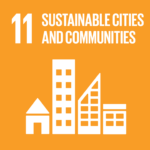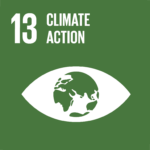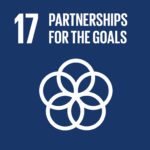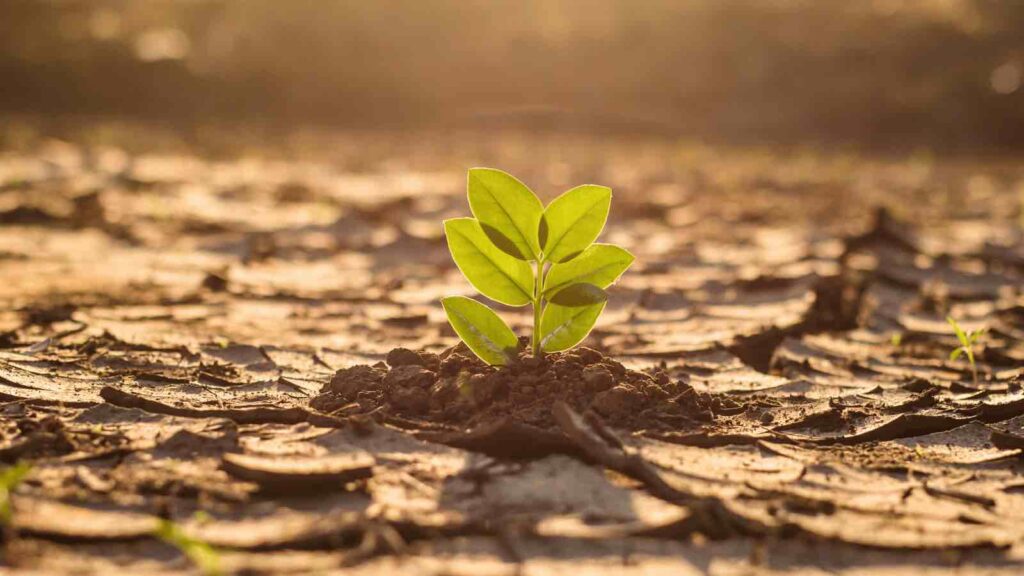1.2 billion people at high risk from climate hazards. Much can be done to make people, business, communities, and countries more resilient.
Climate change is no longer a distant threat—it is a reality affecting 1.2 billion people worldwide who face severe risks from extreme heat, floods, hurricanes, and droughts. However, a new World Bank Group report, “Rising to the Challenge: Success Stories and Strategies for Achieving Climate Adaptation and Resilience,” argues that economic growth, sustainable development, and targeted adaptation strategies can significantly reduce vulnerability and safeguard communities from climate shocks.
RELEVANT SUSTAINABLE GOALS



The report finds that a 10% increase in GDP per capita could reduce the number of highly vulnerable people by 100 million, highlighting the direct connection between economic progress and climate resilience. But while economic development plays a crucial role, climate-specific policies are equally essential. The report underscores the need for country-specific adaptation strategies, emphasizing that wealthier nations should focus on upgrading aging infrastructure, while lower-income countries have an opportunity to build climate-resilient systems from the outset.
A Call for Action: Strengthening Global Climate Resilience
The urgency of climate adaptation is especially pressing for the world’s poorest countries, where climate shocks pose a direct threat to lives, livelihoods, and long-term development goals.
“The sobering reality is that every country can be hit by climate change, but this challenge is gravest for the world’s poorest nations,” said Axel van Trotsenburg, Senior Managing Director, World Bank.
To address this crisis, the World Bank Group is ramping up its efforts in key sectors, including:
- Food and agriculture – Ensuring stable food systems amid changing climate conditions.
- Water, ecosystems, and biodiversity – Protecting essential natural resources.
- Infrastructure and social safety nets – Strengthening physical and financial systems to withstand climate shocks.
- Poverty eradication and livelihoods – Creating sustainable economic opportunities.
A Call for Action: Strengthening Global Climate Resilience
The report highlights several successful climate adaptation initiatives that are already saving lives and protecting economies. These examples provide valuable lessons for countries and policymakers worldwide:
1. Combating Extreme Heat in India
In Ahmedabad, India, the Ahmedabad Heat Action Plan has been a game-changer in protecting people from life-threatening heatwaves. By combining:
- Early warning systems
- Public awareness campaigns
- Mobilization of healthcare workers
The program has prevented over 2,000 heat-related deaths in just its first two years, proving that proactive adaptation measures can significantly reduce climate risks.
2. Social Protection in Niger’s Drought-Stricken Regions
To help families cope with prolonged droughts, Niger implemented an adaptive social protection system, which delivers cash assistance to vulnerable households. The program has:
- Increased food security by 8%
- Boosted household consumption and well-being by 18%
This initiative demonstrates that financial resilience is a critical pillar of climate adaptation, enabling communities to recover more quickly from environmental shocks.
3. Preparing for Cyclones in Bangladesh
Bangladesh, a country highly vulnerable to cyclones and flooding, has strengthened its weather forecasting capabilities and integrated climate information into agricultural practices. The result?
- Farmers now make informed decisions based on real-time climate data
- Crop losses due to bad weather have dropped by 75%
By aligning scientific expertise with local knowledge, Bangladesh has built a climate-smart agricultural system that ensures food security even in extreme weather conditions.
4. Climate-Resilient Energy Grids from Brazil to Albania
Energy infrastructure is one of the most critical sectors impacted by climate change. In countries like Brazil and Albania, private utilities are incorporating climate risks into their investment strategies.
- Companies are investing in climate-proofing infrastructure
- Nature-based solutions are being deployed to reduce energy supply disruptions
This shift towards climate-aware business decisions is ensuring reliable electricity access even in the face of extreme weather events.
Moving Forward: Scaling Adaptation Efforts Globally
The World Bank’s findings reinforce a fundamental truth—climate adaptation is not just an environmental issue; it is an economic and social imperative. Nations that fail to integrate climate risks into their development strategiescould face worsening poverty, infrastructure collapse, and economic instability.
Key takeaways from the report include:
- Economic growth and climate adaptation must go hand-in-hand to reduce vulnerability.
- Developing nations need financial and technical support to implement climate-smart policies.
- Climate-resilient infrastructure, social safety nets, and early warning systems are essential for safeguarding communities.
- Private sector engagement is crucial to financing and implementing sustainable solutions.
With global climate risks mounting, the time for action is now. As governments, financial institutions, and private companies take bold steps toward climate adaptation, success stories like those from India, Niger, Bangladesh, and Brazil prove that resilience is achievable—if the world rises to the challenge.
You may also be interested in :
A Climate-smart Future For Agriculture: The Role Of Financial Institutions




